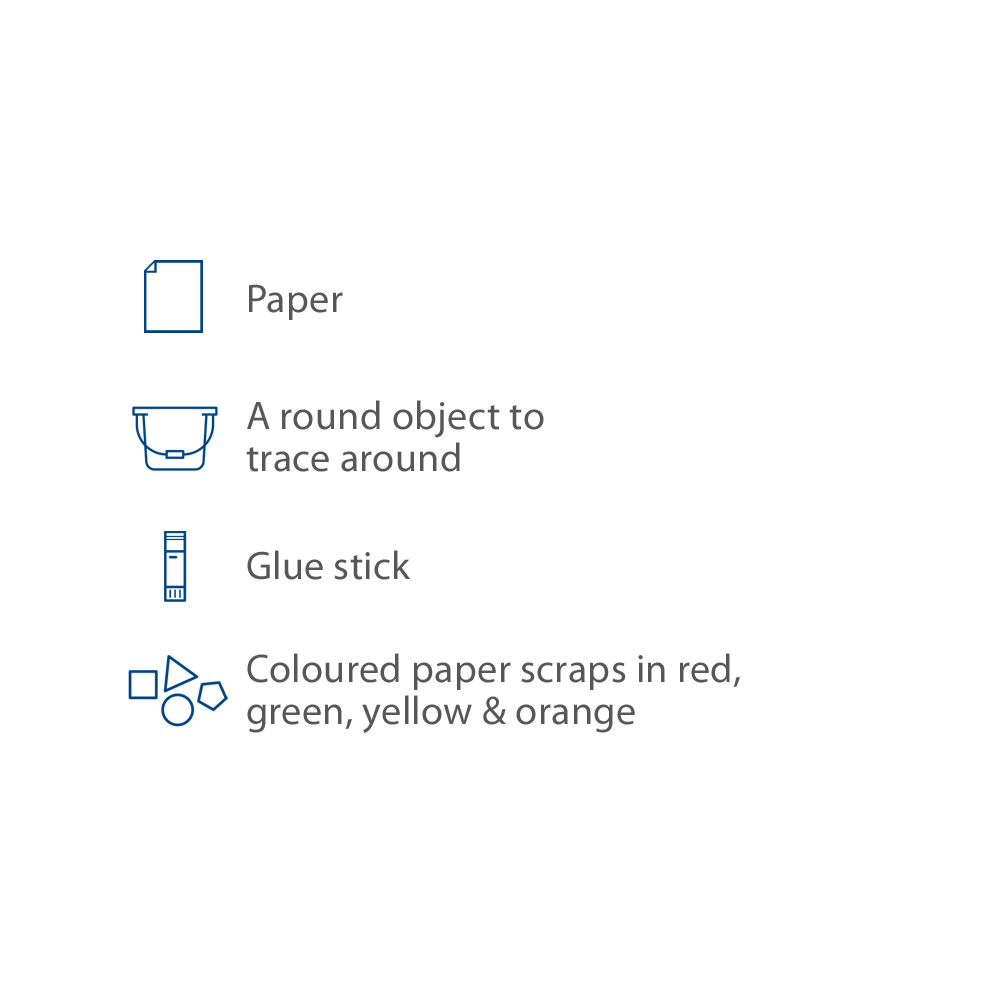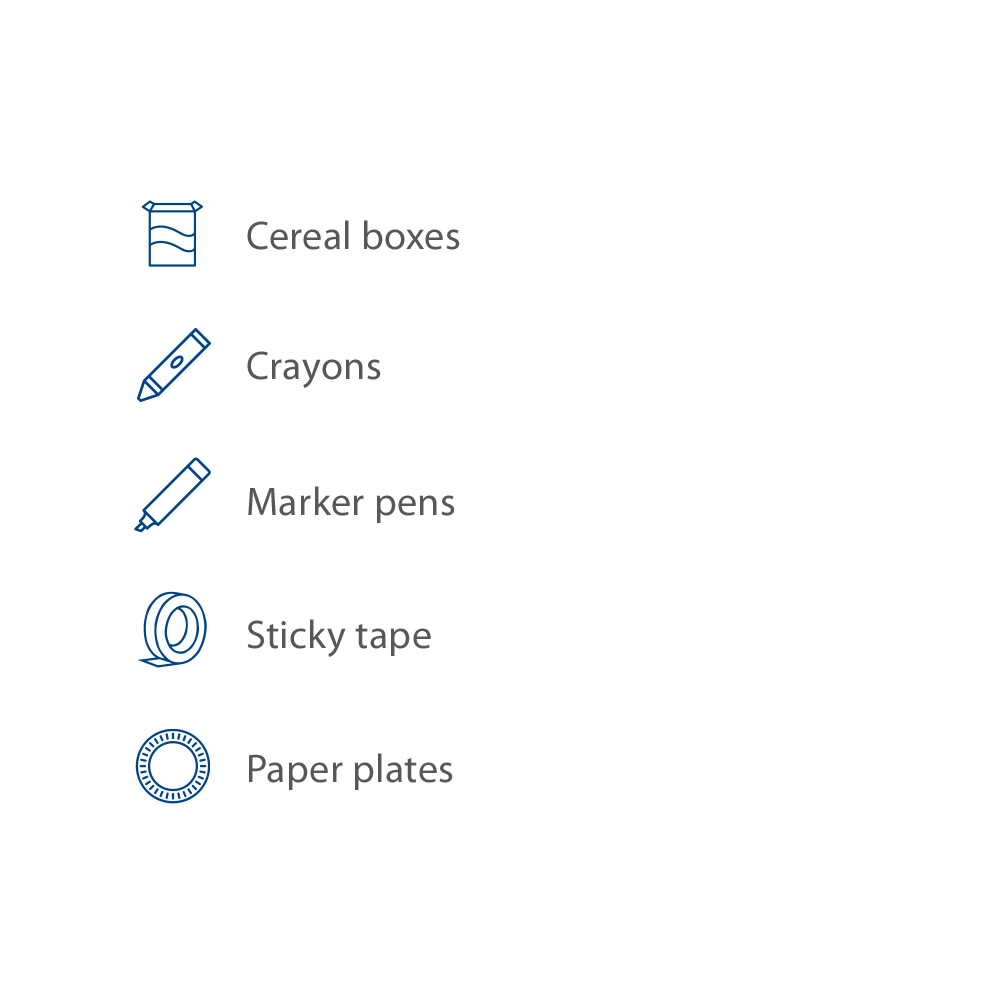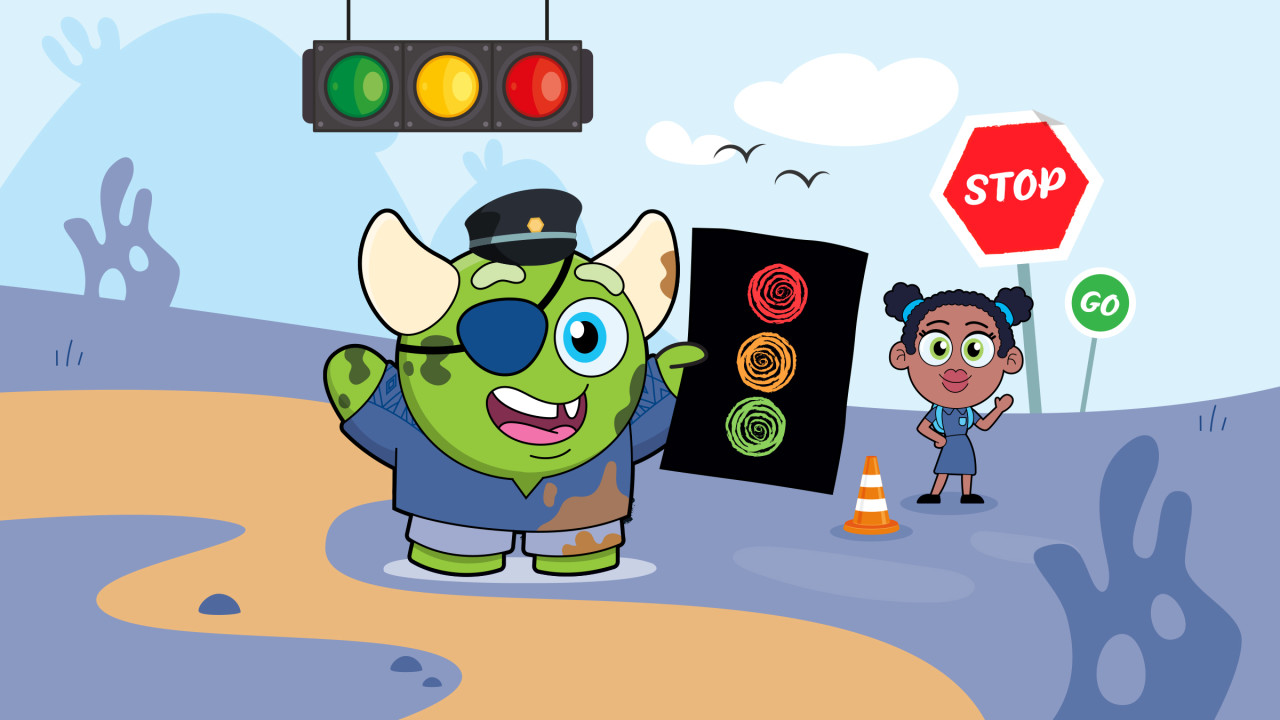At OMO, we believe that every stain represents an important experience - mud stains are the stamp of adventure, grass stains are the sign of exploration and fruit stains are the aftermath of discovery. Encourage your kids to get messy with our fun activities for happy, healthy, confident kids. We'll be there to sort out the dirty clothes afterwards.
Red means Stop, Green means Go
Safety is the important theme of this fun traffic light activity. It develops fine motor skills and understanding how to move between spaces.
What you’ll need:

What to do:
First, take a piece of paper and draw a rectangle on it. Find a round lid or another object that will fit inside the rectangle. Give your child the piece of paper and have them trace around the object three times inside the rectangle to create a traffic light outline.
Next, help your child to tear or cut the coloured paper into smaller scraps. Have them glue the coloured scraps onto the circles to complete their traffic light with red at the top, orange or yellow in the middle, and green at the bottom.
While they are gluing down the coloured paper, talk to your child about what each colour means and what they should do when they see a red, orange or yellow traffic light.
Now you can take your child outside to play a traffic game. Ask them pretend they are driving a car, then call out the traffic light colours in different orders. They must stop when you say red, slow down when you say orange and run when you say green.
You can discuss traffic light safety and how important it is to respect the rules of the road.
Alternative Materials:

Change it up:
Make it easy: Draw the circles for your child.
Make it a challenge: Don’t tell your child what order the traffic light colours go in, ask them if they remember it themselves. Ask your child to explain to you what each colour means.
Play with friends: The first part of the activity stays the same. Children can work individually or as a group to make their traffic light pictures. Outdoors, the children can all move in the same direction or they can take intersecting paths and see if they can safely pass and move around each other by using the rules of the road and the traffic light instructions you call out. If you have enough children playing, some can help by acting as traffic lights.
Indoor play: You can enjoy this activity inside by moving throughout your house treating doorways as traffic lights.
Developmental areas:
Leg muscle strength
Identifying object using sense of touch
Using both sides of the body at the same time
Following instructions
Knowing where you are
Values:
Safety and caring for others; obedience, knowing and following rules; taking responsibility; respect for each other.


